| A | To top | ||
| Applied Materials GmbhH |
Neuber, Andreas
Continuous Sustainability Improvements in Subfab Operation Using Advanced Communication Capabilities as a Cooperative Effort of Multiple StakeholdersAbstract Biography |
Fab Management Forum | |
 |
ASM |
Khazaka, Rami
Epitaxial Growth of SiGe/Si Multi-Layers for Advanced Logic Devices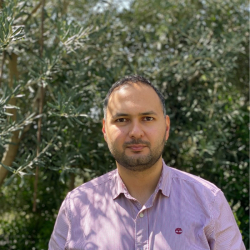
 Abstract Biography |
Materials Innovations |
 |
ATREG, Inc. |
Rothrock, Stephen
Topic Coming Soon Abstract Biography |
ATREG |
 |
AT&S Austria Technologie & Systemtechnik Aktiengesellschaft |
Voraberger, Hannes
Latest Solutions in the Energy Efficiency of Electronic Systems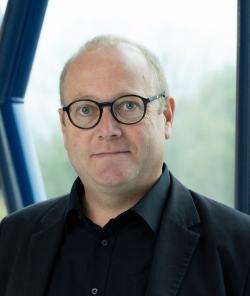
 Abstract Biography |
Advanced Packaging Conference |
 |
Automotive |
Lobo, Ashley
An Overview of Silicon Carbide Packaging for Power Electronics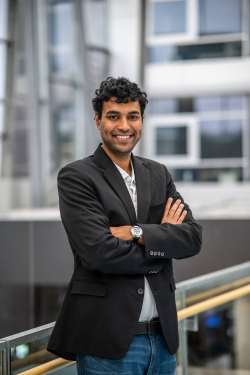
 Abstract Biography |
Advanced Packaging Conference |
| B | To top | ||
 |
Bluefors |
Gunnarsson, David
Future Computation Technology from Cryogenics Point of View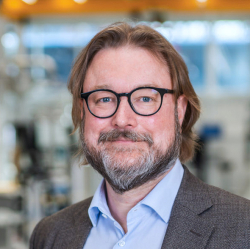
 Abstract Biography |
Future of Computing |
 |
Boston Consulting Group |
Mohr, Jan-Hinnerk
Moderator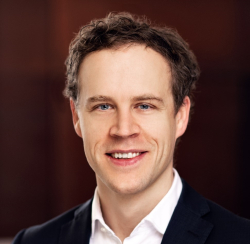
 Abstract Biography |
imec ITF |
| C | To top | ||
 |
Cadence |
Dobson, Rebecca
Topic Coming Soon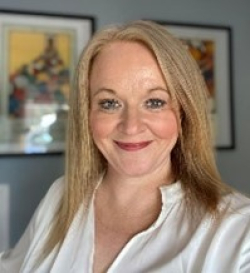
 Abstract Biography |
Opening Ceremony |
 |
Cadence |
Nisewaner, Karna
Topic Coming Soon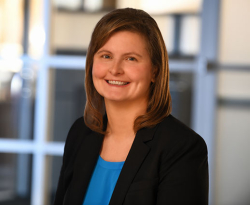
 Abstract Biography |
imec ITF |
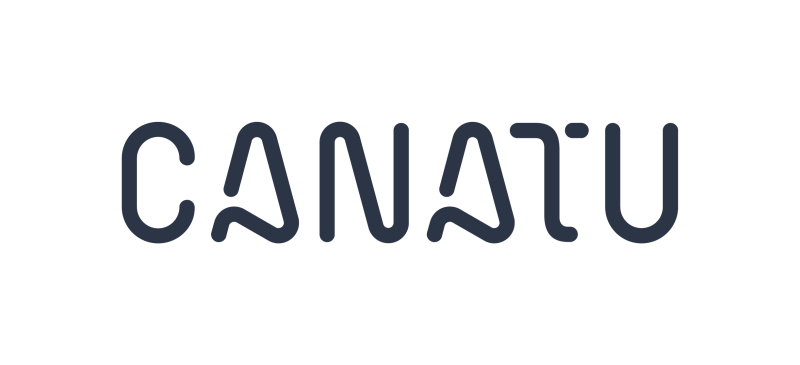 |
Canatu |
Salmi, Emma
Carbon Nanotube Membranes for EUV Photolithography– a Versatile Material Platform Abstract Biography |
Materials Innovations |
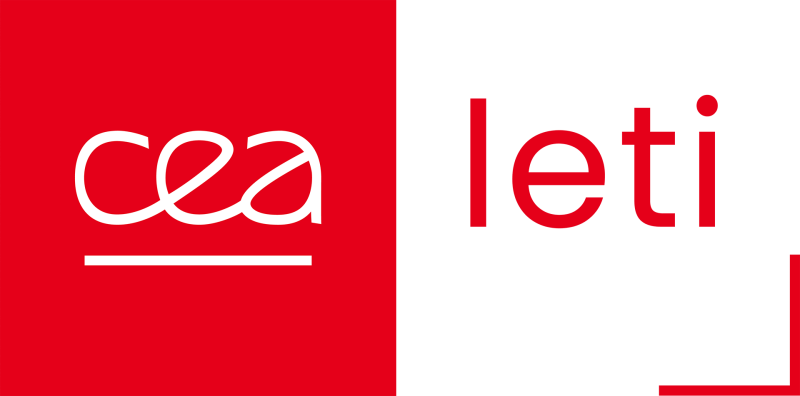 |
CEA-Leti |
Dauvé, Sébastien
Boosting Technological Innovation and its Impact on Society – the Vital Role of RTOs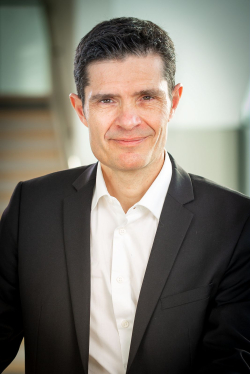
 Abstract Biography |
Opening Ceremony |
| Cohu, Inc. |
Cockburn, Peter
Opening RemarksAbstract Biography |
Advanced Packaging Conference | |
 |
Comet Group |
Haferl, Stephan
Curiosity & Collaboration: Innovating Together for the Sustainable Progress of the Semiconductor Industry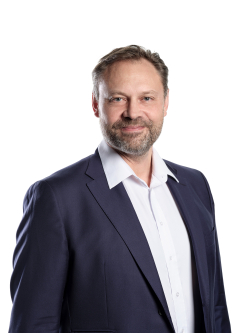
 Abstract Biography |
Opening Ceremony |
 |
Comet Yxlon |
van de Ven, Dionys
The Future of Advanced Packaging Inspection is X-Ray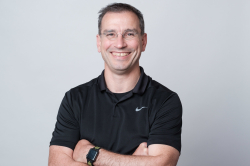
 Abstract Biography |
Fab Management Forum Global GAAC Summit |
 |
Comet Yxlon GmbH |
Drolz, Isabella
The Future of Advanced Packaging Inspection is X-Ray!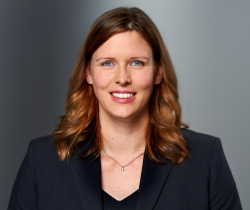
 Abstract Biography |
Advanced Packaging Conference |
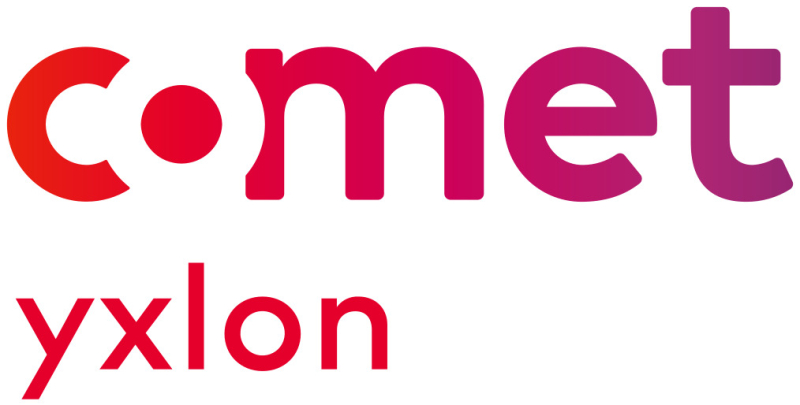 |
Comet Yxlon International GmbH |
Driller, Christian
Zero defects matter | The Power of Xray in Advanced Packaging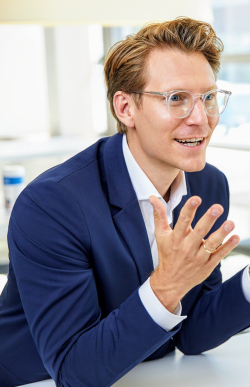
 Abstract Biography |
Future Disruptions |
| D | To top | ||
 |
D-SIMLAB Technologies |
Lendermann, Peter
Squeezing More Wafers out of a Fab: Can this be Done without Driving Cycle Times Through the Roof?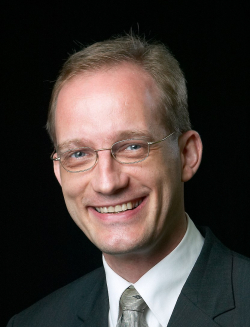
 Abstract Biography |
Fab Management Forum |
| E | To top | ||
 |
Edwards |
Jones, Chris
Topic Coming Soon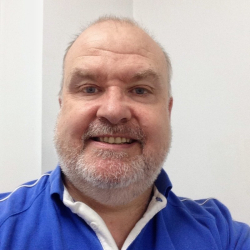
 Abstract Biography |
imec ITF |
 |
Edwards |
Lauwers, Koen
Topic Coming Soon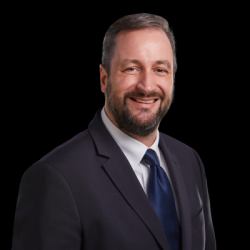
 Abstract Biography |
Opening Ceremony |
 |
Edwards |
Pelissier, Christine
Topic Coming Soon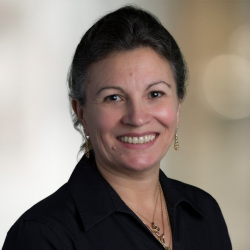
 Abstract Biography |
Future of Work |
 |
Elmos Semiconductor AG |
Montino, Ralf
It is all about Cost of Test? New Duties for Packaging and Test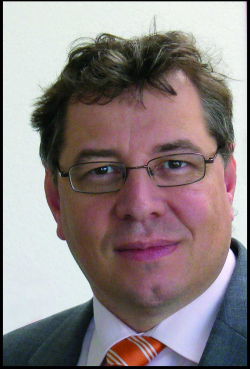
 Abstract Biography |
Advanced Packaging Conference |
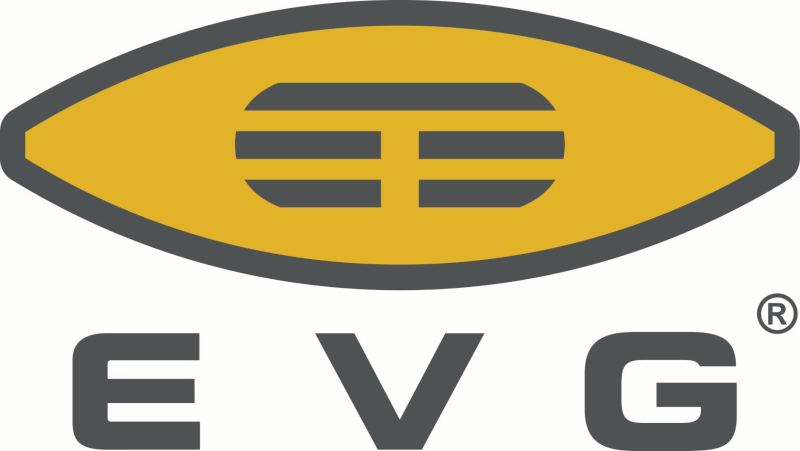 |
EV Group |
Varga, Ksenija
Optimization of Advanced Packaging Process: Concept of Maskless Dual–Layer Lithographic Patterning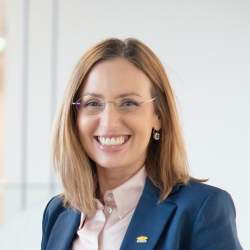
 Abstract Biography |
Advanced Packaging Conference |
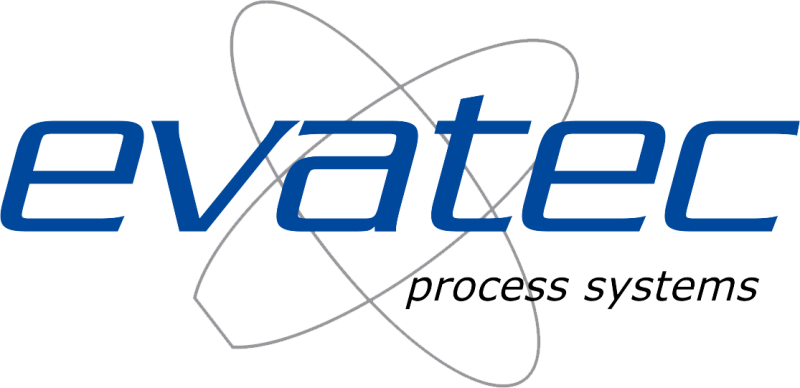 |
Evatec |
Rettenmeier, Roland
Opening Remarks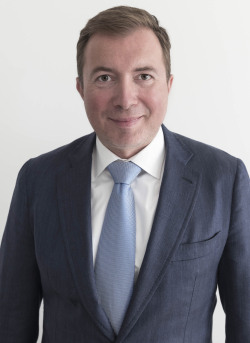
 Abstract Biography |
Advanced Packaging Conference |
| F | To top | ||
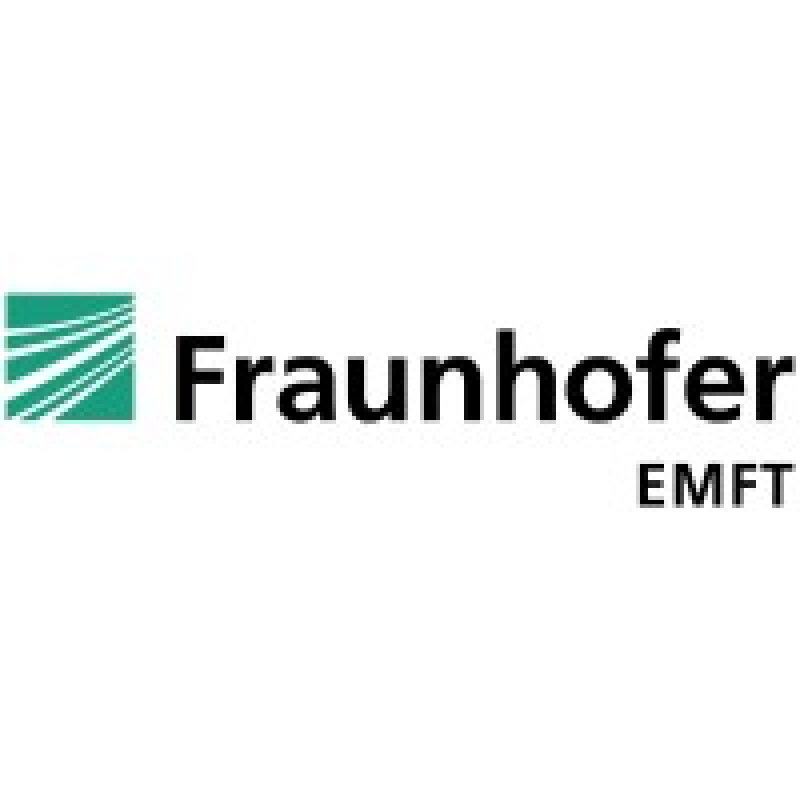 |
Fraunhofer EMFT |
Kutter, Christoph
Topic Coming Soon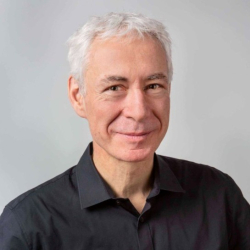
 Abstract Biography |
Future of Computing |
| Fraunhofer FMD |
Töpper, Michael
A European 3D Heterogeneous Integration Pilot Line – a Leap ahead to Achieve Technology LeadershipAbstract Biography |
Advanced Packaging Conference | |
 |
Fraunhofer Institute for Applied and Integrated Security AISEC |
Hiller, Matthias
Challenges and Technologies towards Secure Embedded Systems and Trusted Electronics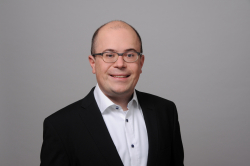
 Abstract Biography |
Future of Computing |
 |
Fraunhofer IZM |
Braun, Tanja
Opening Remarks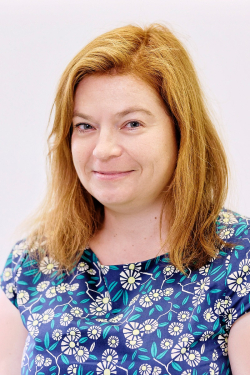
 Abstract Biography |
Advanced Packaging Conference |
| G | To top | ||
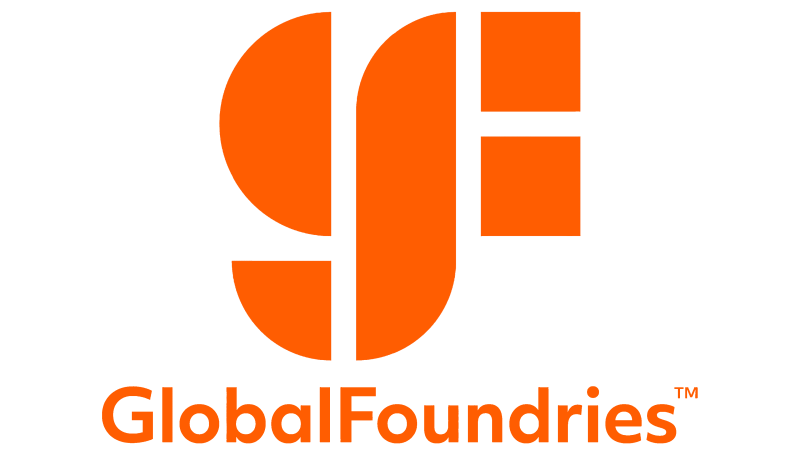 |
GLOBALFOUNDRIES |
Yan, Ruby
Opening Remarks
 Abstract Biography |
Advanced Packaging Conference |
| GLOBALFOUNDRIES |
Heller, Thomas
Data Driven Optimization in Semiconductor Fabrication: How Business Efficiency Helps Environment as WellAbstract Biography |
SMART Manufacturing | |
| H | To top | ||
 |
Henkel Ltd |
Winster, Tony
Bare Copper Lead Frame Compatible Die Attach Developments for Automotive Applications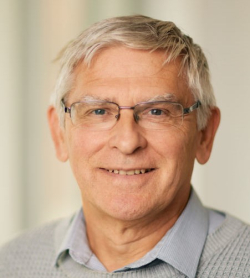
 Abstract Biography |
Advanced Packaging Conference |
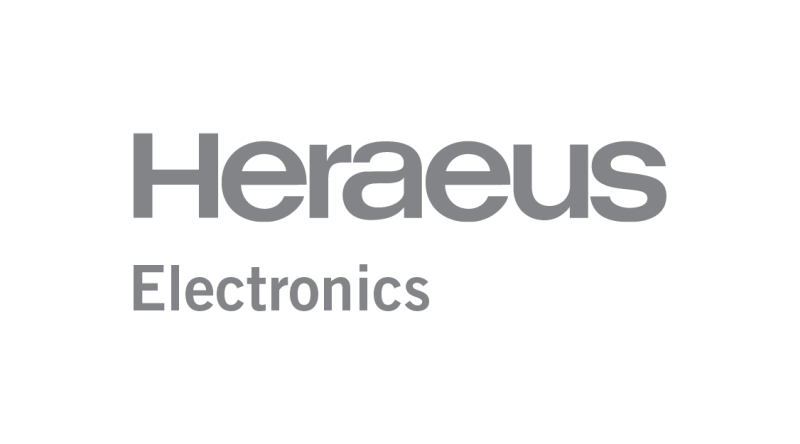 |
Heraeus Electronics |
Jörger, Michael
Topic Coming Soon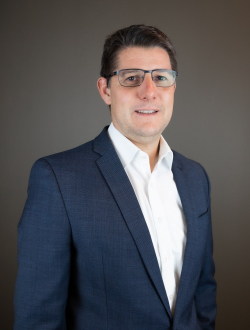
 Abstract Biography |
Materials Innovations |
| I | To top | ||
 |
imec |
Marent, Katrien
Topic Coming Soon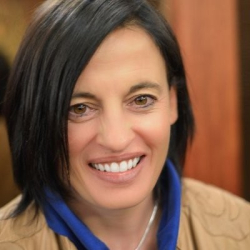
 Abstract Biography |
imec ITF |
 |
imec |
Rolin, Cedric
Environmental Footprint Chip Manufacturing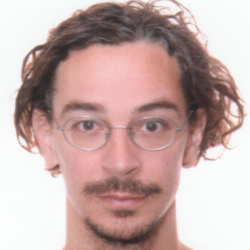
 Abstract Biography |
Advanced Packaging Conference |
 |
imec |
Ragnarsson, Lars-Ake
Topic Coming Soon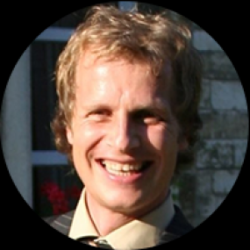
 Abstract Biography |
imec ITF |
 |
imec |
Gallagher, Emily
Topic Coming Soon - joint presentation with ASML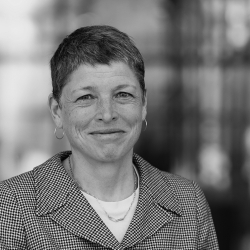
 Abstract Biography |
imec ITF |
 |
imec |
Van den hove, Luc
A World Under Pressure Needs Skyrocketing Collaboration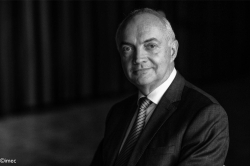
 Abstract Biography |
Opening Ceremony |
 |
INFICON |
Behnke, John
Topic Coming Soon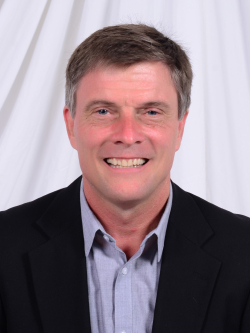
 Abstract Biography |
Fab Management Forum |
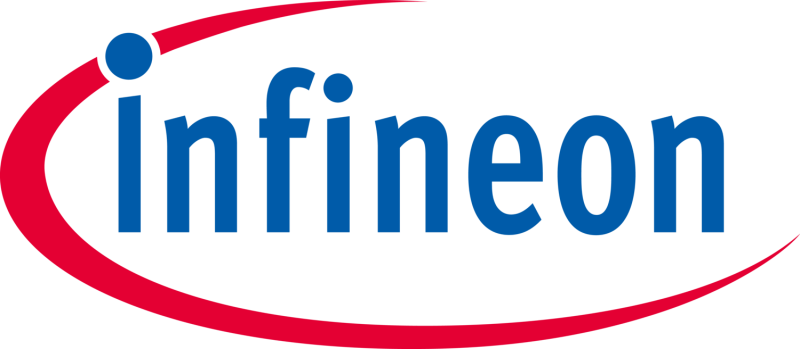 |
Infineon Technologies AG |
Recklies, Joerg
Opening Remarks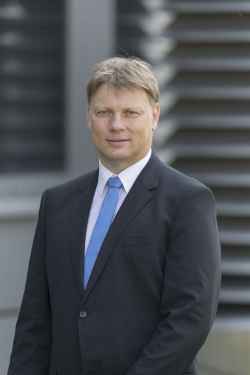
 Abstract Biography |
Fab Management Forum |
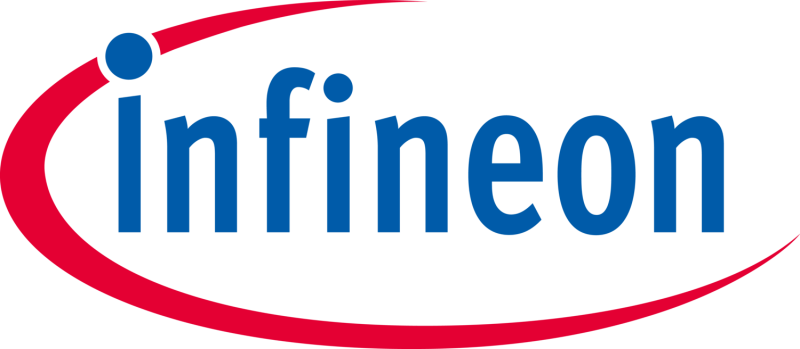 |
Infineon Technologies AG |
Grassmann, Andreas
New Approaches to Achieve Superior Reliability in Power Electronic Packaging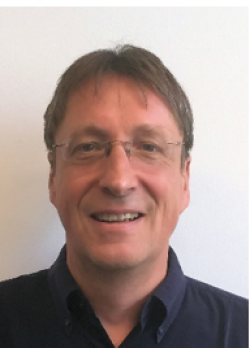
 Abstract Biography |
Advanced Packaging Conference |
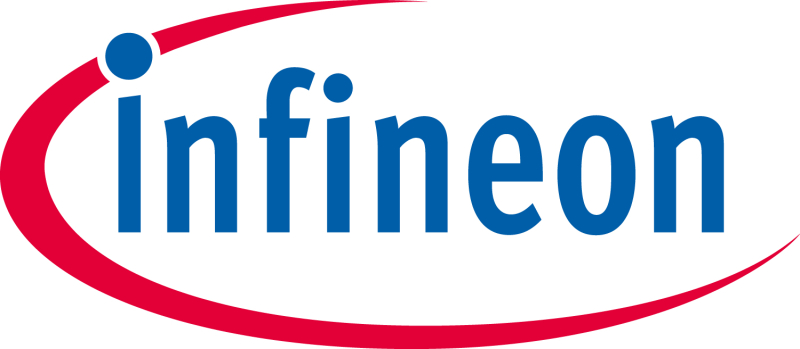 |
Infineon Technologies Dresden GmbH |
Hasse, Holger
Building the new Smart Power Fab in Dresden: A Strong Signal for the Future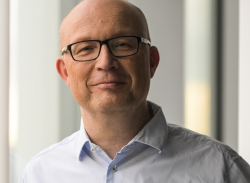
 Abstract Biography |
Fab Management Forum |
 |
Intel |
Schell, Christoph
Topic Coming Soon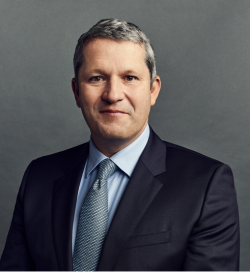
 Abstract Biography |
Opening Ceremony |
 |
Intel Foundry Services |
De Ambroggi, Luca
Chiplets - Accelerating System Innovation in the Era Heterogeneous Integration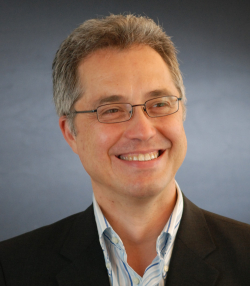
 Abstract Biography |
Future Disruptions |
| J | To top | ||
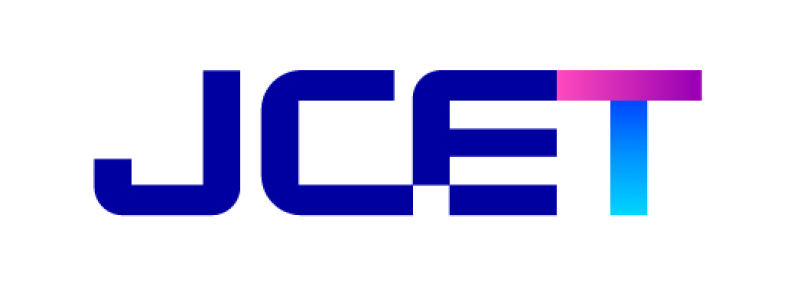 |
JCET Group - STATS ChipPAC |
Antonicelli, Roberto
Opening Remarks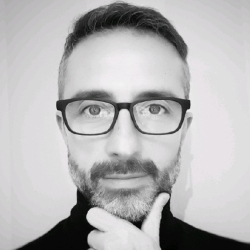
 Abstract Biography |
Advanced Packaging Conference |
| K | To top | ||
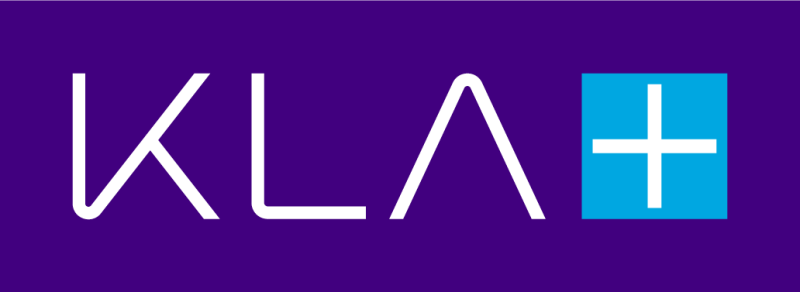 |
KLA |
Donzella, Oreste
Bridging Front End, Packaging and Substrates to Advance the Semiconductor Roadmap Abstract Biography |
Advanced Packaging Conference |
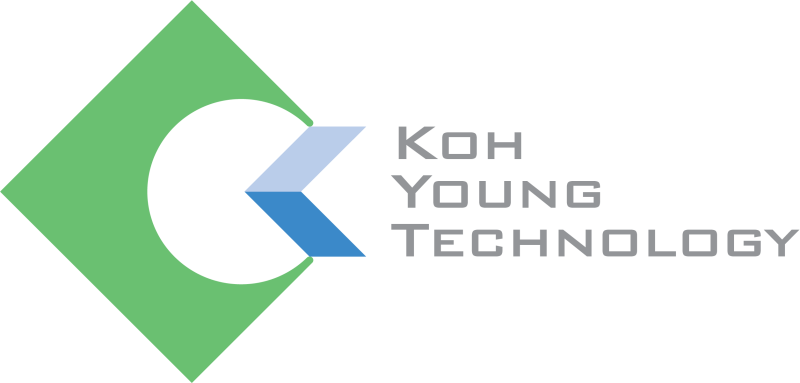 |
Koh Young Europe GmbH |
Lindloff, Axel
High-speed Die, Component 3D Reconstruction Solution by Multimodal Phase Shift Optics Approach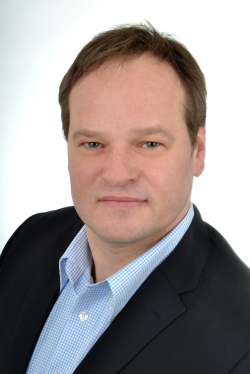
 Abstract Biography |
Advanced Packaging Conference |
| L | To top | ||
| Luceda Photonics |
Dumon, Pieter
Photonic IC Design: Innovation and ScalabilityAbstract Biography |
Integrated Photonics | |
| M | To top | ||
 |
Merck Electronics KGaA |
vom Stein, Thorsten
Digitalization of Chemical Process Design for Semiconductor Materials Manufacturing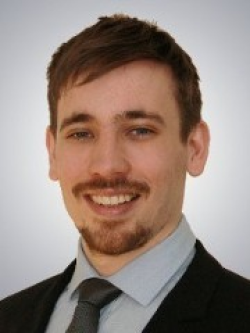
 Abstract Biography |
Advanced Packaging Conference |
 |
Merck KGaA |
Siragusa, Nina
Intersecting Paths: Uniting Moore's Law and Biology Through Bioconvergence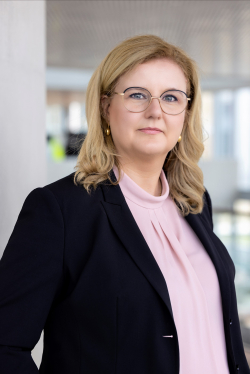
 Abstract Biography |
SMART Medtech |
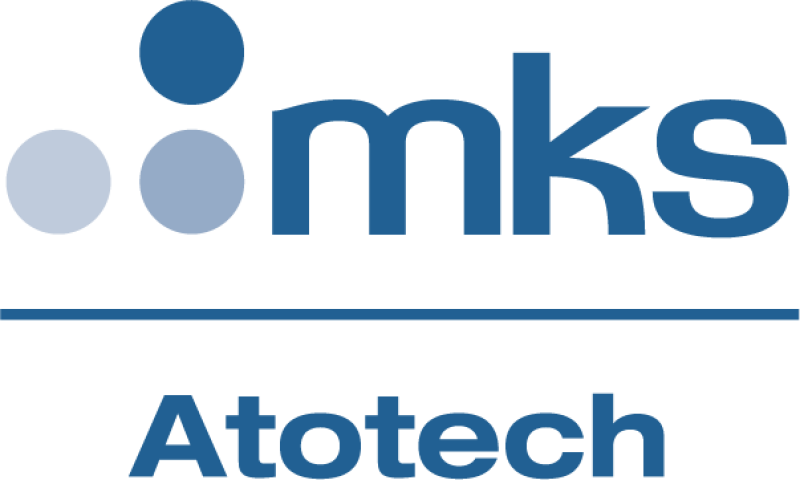 |
MKS/Atotech |
Pieper, Stefan
How to Achieve Upcoming Bump Requirements by Optimized ECD Plating Processes Abstract Biography |
Advanced Packaging Conference |
| O | To top | ||
 |
Otto-von-Guericke-Universität Magdeburg |
Rolf, Benjamin
AI Engineering (B. Sc.) - Rethinking Applied AI Education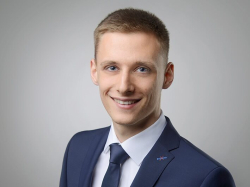
 Abstract Biography |
SMART Manufacturing |
| P | To top | ||
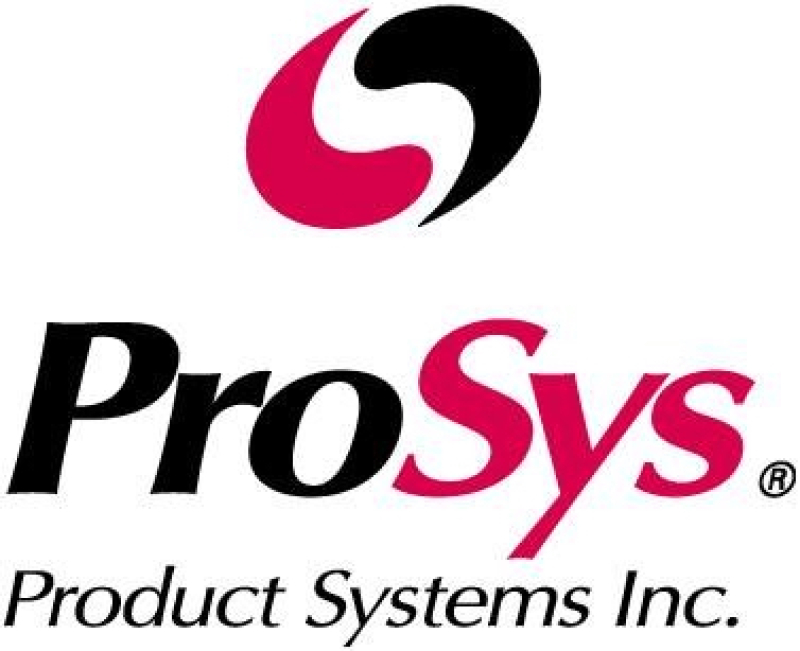 |
ProSys, Inc. |
Dussault, Donald
High Efficiency Cleaning for Permanent Bonding-Based 3D Applications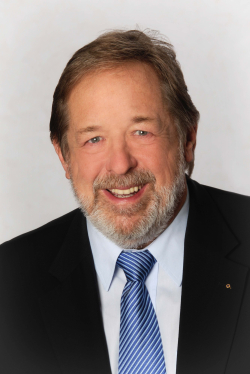
 Abstract Biography |
Advanced Packaging Conference |
| Q | To top | ||
 |
Qualcomm Korea |
Kim, Leo
The Advanced APC Application to Enable the Geometric Scaling by DTCO in sub-5nm SoC Manufacturing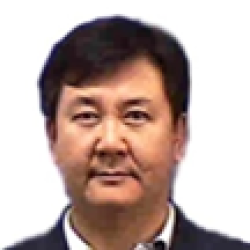
 Abstract Biography |
Fab Management Forum |
| R | To top | ||
 |
Research Fab Microelectronics Germany (FMD) / Forschungsfabrik Mikroelektronik Deutschland (FMD) |
Rom, Tim
A Research Fab to Enable and Scale Quantum Computing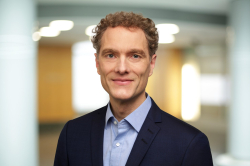
 Abstract Biography |
Future of Computing |
 |
Robert Bosch GmbH |
Buseck, Peter
Topic Coming Soon
 Abstract Biography |
Fab Management Forum |
 |
Robert Bosch GmbH |
Schwaiger, Stephan
Radiation Hardness of SiC TrenchMOS Devices for Automotive Applications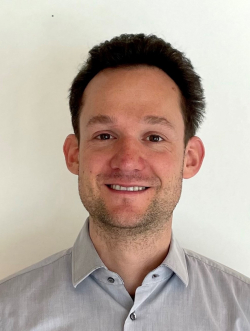
 Abstract Biography |
Electrification & Power Semiconductors |
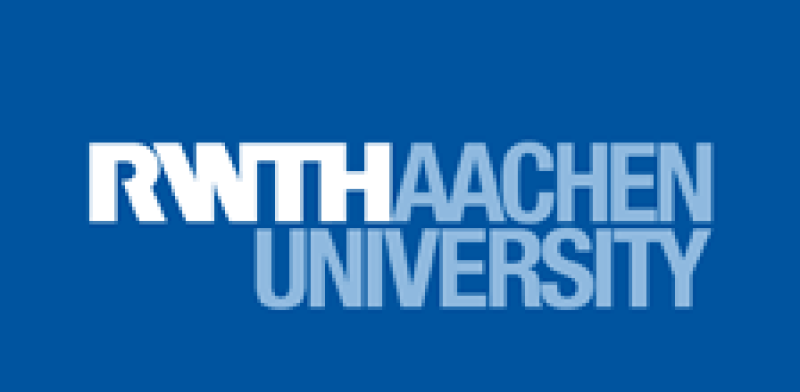 |
RWTH Aachen University |
Lemme, Max C.
Neuromorphic Computing for Autonomous AI Systems – the NeuroSys Cluster4Excllence in the Aachen Region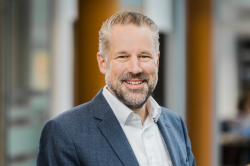
 Abstract Biography |
Future of Computing |
| S | To top | ||
 |
Schneider Electric |
Colombo, Paolo
Is Digitalization Really Worth it? The Latest Approaches for Fab Efficiency and Resilience Abstract Biography |
imec ITF |
 |
Schneider Electric |
Hua, Sharon
Why Digital Solutions are the Key to a Sustainable Fab Transformation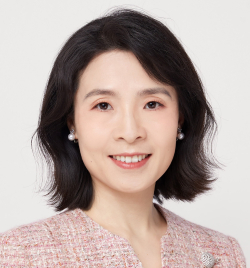
 Abstract Biography |
Fab Management Forum |
 |
SEMI |
Manocha, Ajit
Opening Remarks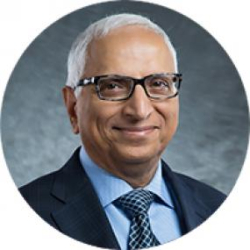
 Abstract Biography |
Opening Ceremony |
 |
SEMI |
Weiss, Bettina
Welcome Remarks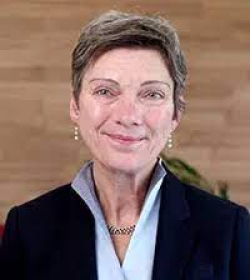
 Abstract Biography |
Global GAAC Summit |
 |
SEMI |
Bhat, Mousumi
Topic Coming Soon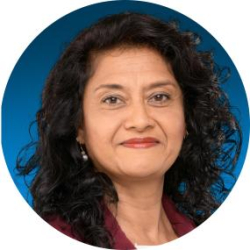
 Abstract Biography |
imec ITF |
 |
SEMI Europe |
Melvin, Cassandra
Opening Remarks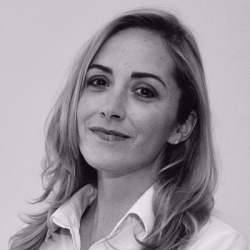
 Abstract Biography |
Future of Work Fab Management Forum Chip in SEMI Doc Premiere |
 |
SEMI Europe |
Altimime, Laith
Welcome Remarks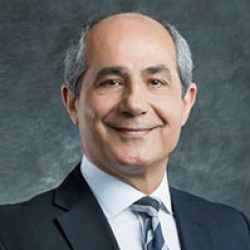
 Abstract Biography |
Fab Management Forum SMART Medtech Opening Ceremony Advanced Packaging Conference |
 |
Soitec |
Barnabé, Pierre
Topic Coming Soon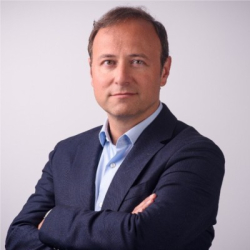
 Abstract Biography |
imec ITF |
 |
Soitec |
Schwartzmann, Jerome
Topic Coming Soon Abstract Biography |
SMART Manufacturing |
| STmicroelectronics |
Alba, Simone
Key Takeaways by Session Chair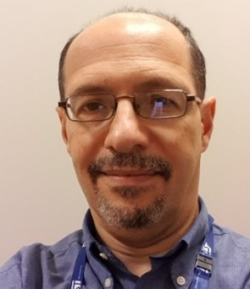
Abstract Biography |
Fab Management Forum | |
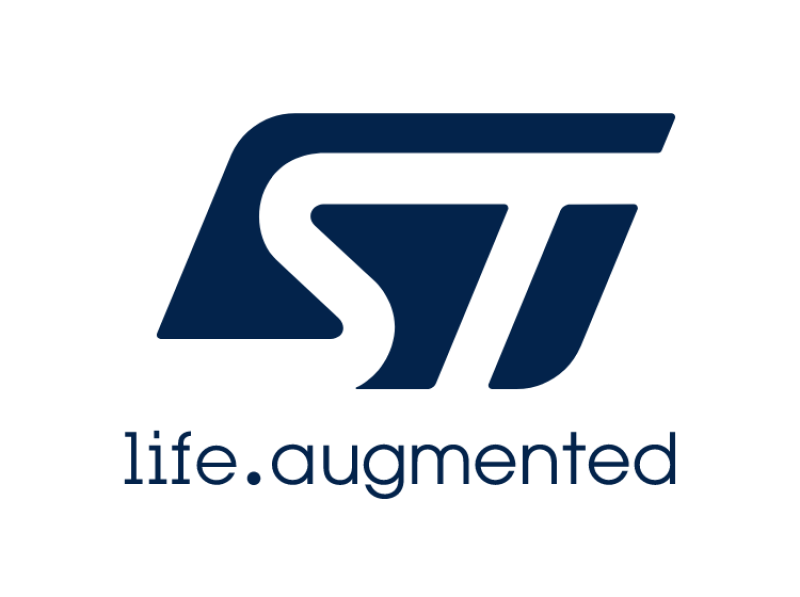 |
STmicroelectronics |
Gärtner, Manuel
The SiC Power Revolution is Ready for High-Volume Car Manufacturing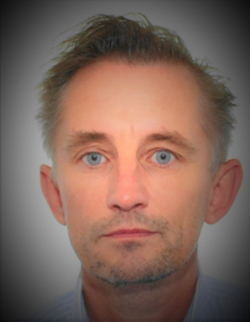
 Abstract Biography |
Electrification & Power Semiconductors |
| STmicroelectronics |
Tumminia, Alessandro
Pushing the Limits of SiC Technology: Advanced Packaging Solutions and System Integration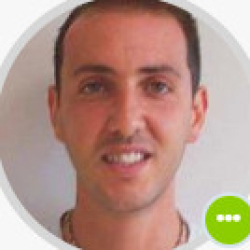
Abstract Biography |
Advanced Packaging Conference | |
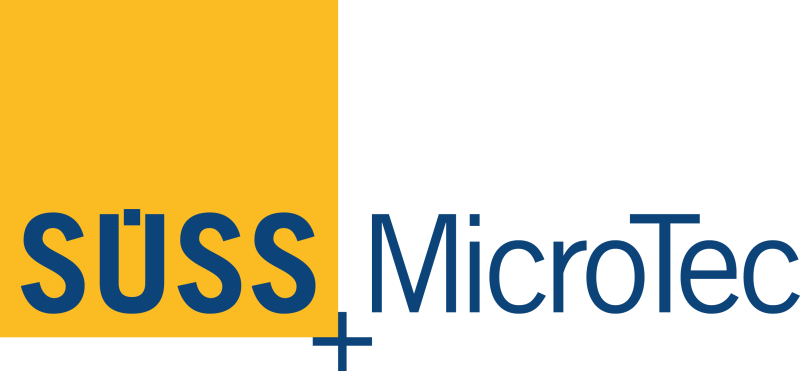 |
SUSS MicroTec SE |
Lutter, Stefan
Disruptive and Sustainable Bonding Technology Covering Various Material Combinations for Emerging Applications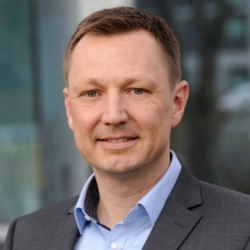
 Abstract Biography |
Future Disruptions |
| T | To top | ||
 |
Texas Instruments |
Schimpf, Klaus
Opening Remarks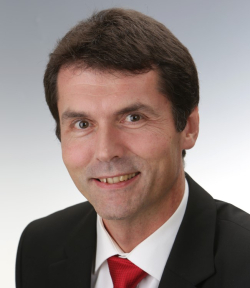
 Abstract Biography |
Fab Management Forum |
 |
Texas Instruments |
Stur, Alexander
TI’s Path to Net Zero Activities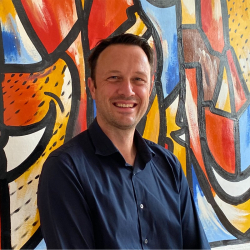
 Abstract Biography |
Fab Management Forum |
 |
Tokyo Electron Europe Limited |
Franchi, Marco
Topic Coming Soon Abstract Biography |
Fab Management Forum |
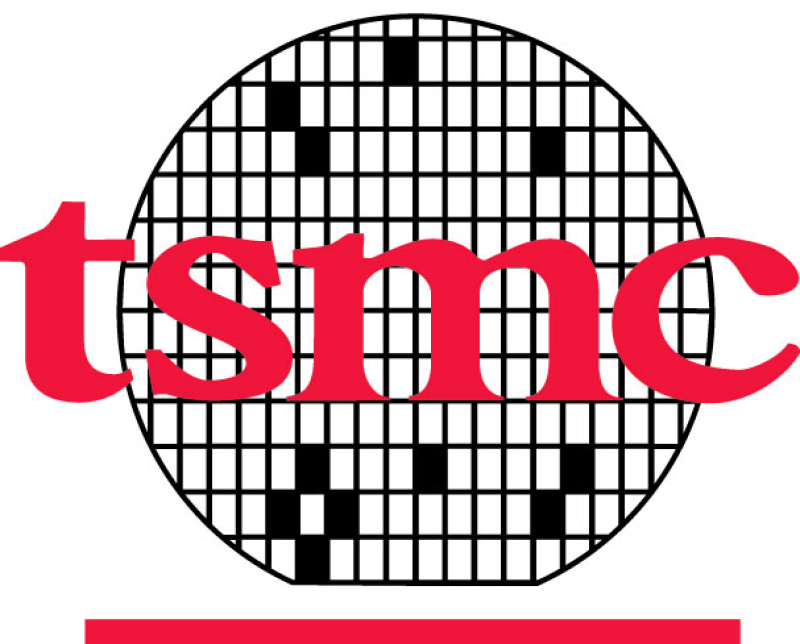 |
TSMC |
Yu, Douglas
Lights Outside Tunnel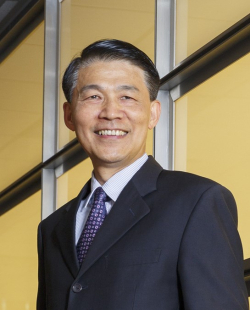
 Abstract Biography |
Advanced Packaging Conference |
| Tyndall National Institute |
Nolan, Michael
Designing Atomic Level Process Chemistries. The Role of Atomistic Simulation in Developing Sustainable Deposition and Etch Processes.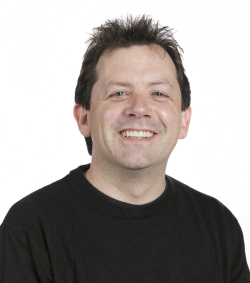
Abstract Biography |
Materials Innovations | |
| U | To top | ||
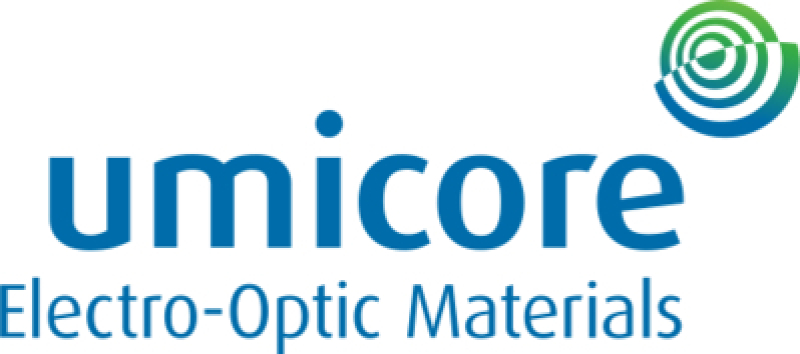 |
Umicore |
Zyulkov, Ivan
Germanium Substrates for Photonics: GaAs Replacement Advantages and New Production Possibilities through CMOS Integration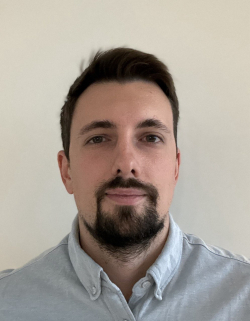
 Abstract Biography |
Integrated Photonics |
| V | To top | ||
 |
Volkswagen AG |
Aal, Andreas
Opening Remarks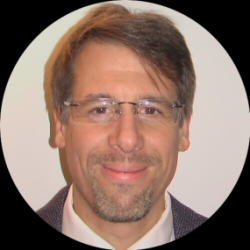
 Abstract Biography |
Global GAAC Summit |
 |
Volkswagen AG |
Schmid, Michael
Semiconductor Management from an OEM Perspective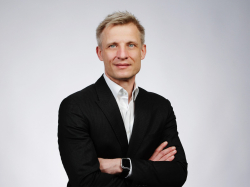
 Abstract Biography |
Global GAAC Summit |
| W | To top | ||
 |
Watlow Electric Manufacturing Company |
Parkinson, Blake
Watlow’s Approach Towards Energy Efficiency and Achieving Net-Zero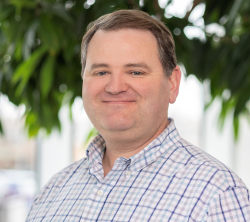
 Abstract Biography |
Fab Management Forum |
 |
Wolfspeed |
Stigall, Missy
The Great Wolfspeed Takeover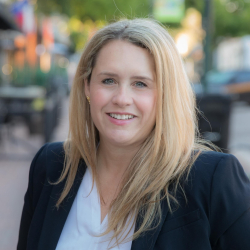
 Abstract Biography |
Fab Management Forum Global GAAC Summit |
 |
Wolfspeed, Inc. |
Reynolds, Neill
Conversation with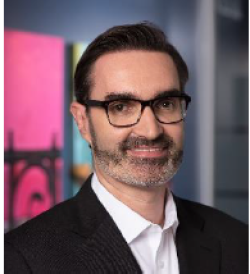
 Abstract Biography |
ATREG |
| X | To top | ||
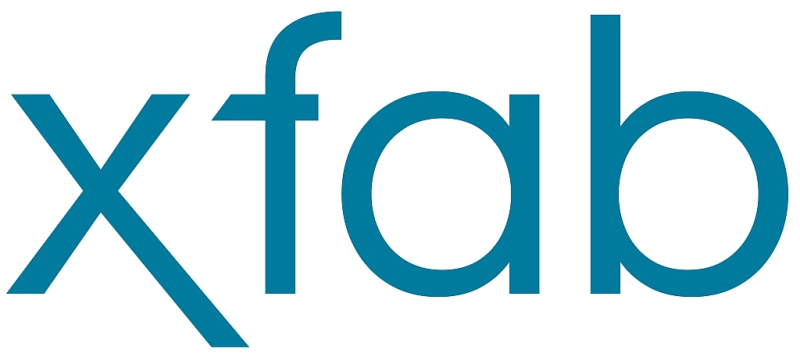 |
X-FAB Dresden GmbH & Co. KG |
Woittennek, Michael
Challenges of Capacity Doubling Under Brownfield and Full Load Conditions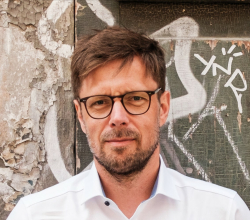
 Abstract Biography |
Fab Management Forum |
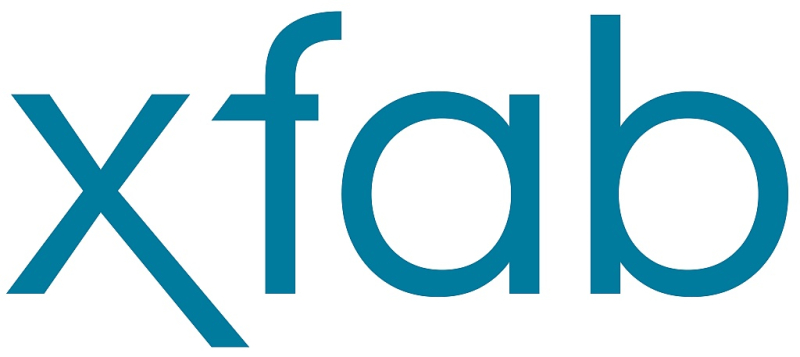 |
X-FAB Semiconductor Foundries GmbH |
von Podewils, Mario
Opening Remarks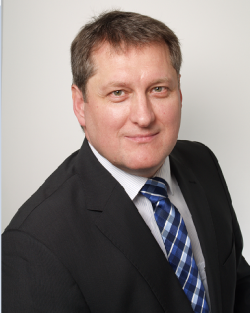
 Abstract Biography |
Fab Management Forum |
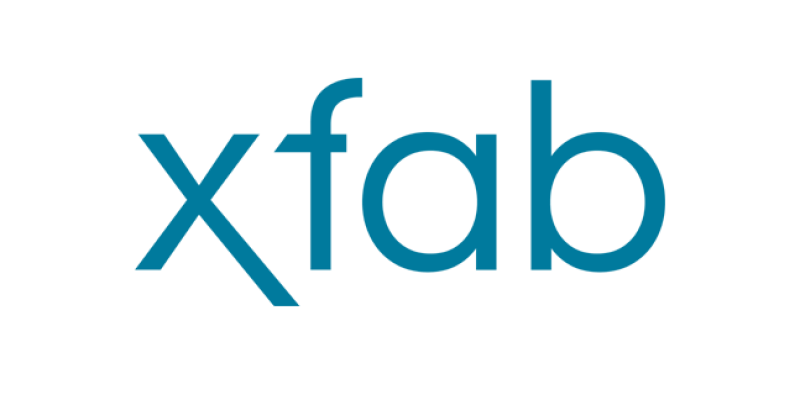 |
XFAB AG |
Mellin, Joni
PhotonixFAB – The EU-funded Pilot Line to Empower Photonics Innovations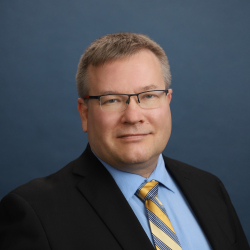
 Abstract Biography |
Integrated Photonics |
| Z | To top | ||
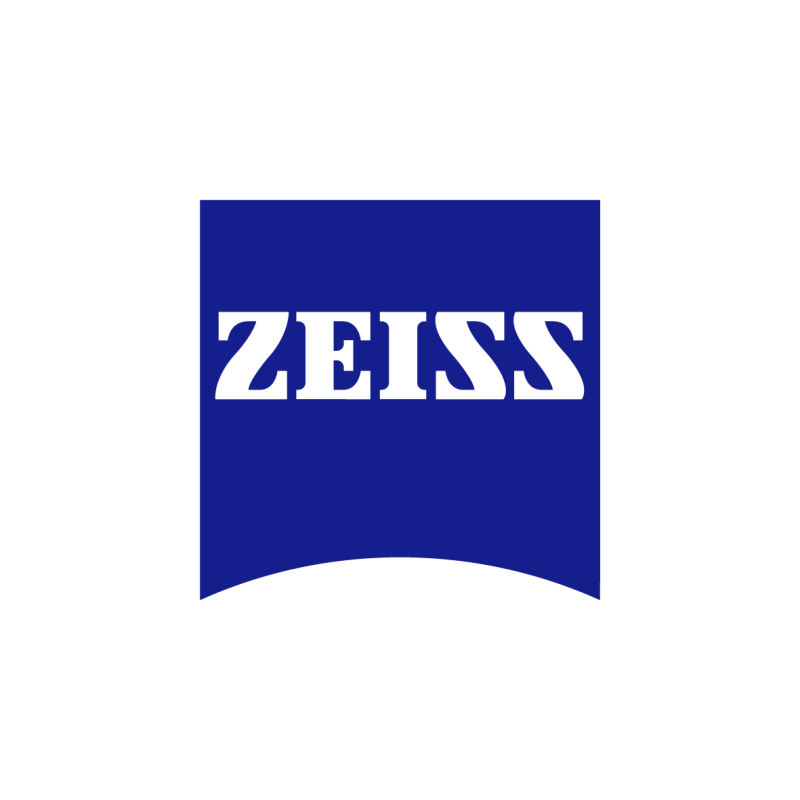 |
ZEISS Digital Innovation |
Wagner, Frank
Easy Integration of Machine Interface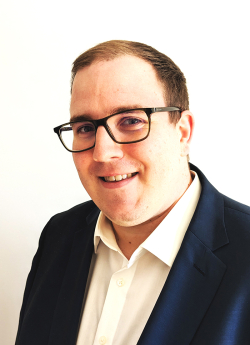
 Abstract Biography |
SMART Manufacturing |